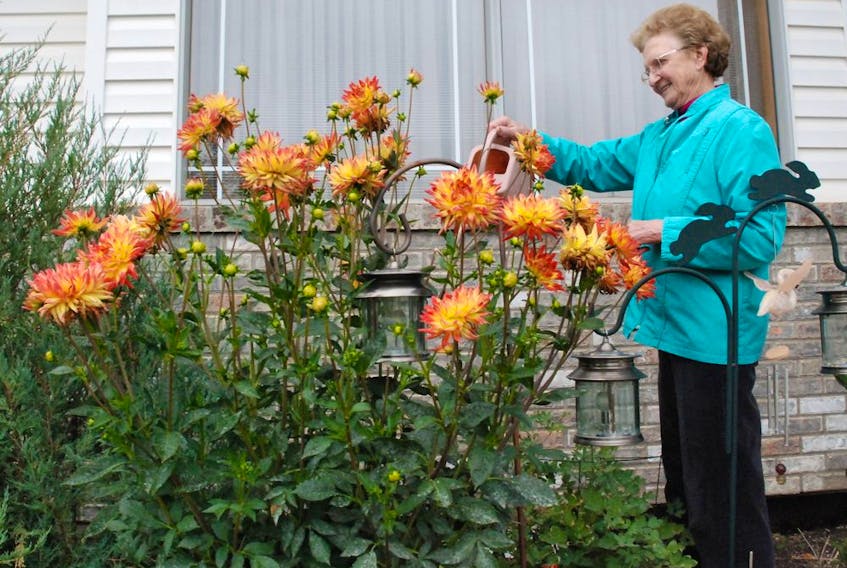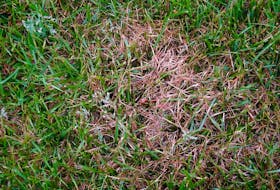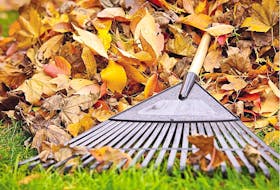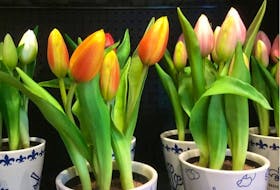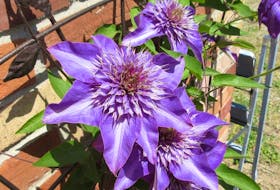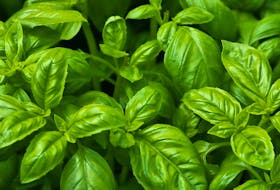After the latest cold snap, I thought I’d start off with a tip. If you have delicate plants that may not be completely hardy for the -30C temperatures, and it is too late to insulate them since snow is on the ground, use the snow to your advantage. When shovelling the walk throw the extra snow onto the sensitive plants. Snow will work as an insulator and just might save the plant from the severe cold.
Q I live in a bungalow with no space cold enough for storing d ahlia tubers. I live in Bracebridge , Ont., and t he temperature in the winter can go as low as -30C . I am trying to find a way to store the dahlias in a non – insulated shed. Since last year, I lost my complete dahlia c ollection of 120 dahlias I am now very nervous on what to do. Do you have any suggestions?
A I’ve always been one of those gardeners in a northern clime that likes to push the envelope on what will grow and survive. Your email saddened me to hear that you lost your entire collection. I’ve had success overwintering many things by doing simple things like insulating pots with several layers of home fibreglass insulation and putting the plant and container in an unheated and uninsulated garage. This is a method I can suggest :
– Cut down the collection of dahlias the first year, perhaps only purchase four or five so if they die, it would be a small loss.
– Next fall, dig up the tubers, dry them as you normally would and place them in layers on peat moss dampened slightly in a styrofoam cooler box.
– Place the smaller cooler box in a larger styrofoam cooler and wrap this second box with fibreglass insulation.
– If you can, place a small greenhouse heater in the shed. This is a link to an example I found on Amazon, you can find in my story online.
I ran across a dahlia gardener who tried overwintering her tubers in an uninsulated garage and lost her entire collection as well. She resorted to storing them in a cardboard box in the hallway in her house which was the coldest spot she could find inside. It worked. Here’s another online link to her story .
I thought I’d share a later reply from this reader after I sent him the suggestions:
“ You r suggestions are perfect and I will follow them. With respect to d ahlias, I am now in the dog house, we lost a lot of money. So, I came up with the idea o f starting them from s eeds and, if possible, get a few tubers from the garden centre . The seeds cost me $10 for a 100 s o I will plant a small portion of seeds and a couple of tubers. I think, thanks to your help, something will work out. Yes, you are right I have dahlia fever.”
Q Our lawn is very green and healthy looking but by mid-summer, we notice as the grass gets longer, the grass tips have seeds, bulbs or ‘heads’. It looks awful when the grass grows a bit so it constantly needs cutting. I look at other lawns and they don’t seem to have the same problem as much and if they do, it’s not as apparent. Ours is very apparent by mid-summer. What is causing these sprouts to show up? Is it the type of sod we have? Is there anything we can do to treat it or prevent it
A The seed heads you refer to are a natural phenomenon. Seed heads detract from the appearance of a lawn because they grow quickly and unevenly. The seed stalk is tougher than grass blades so they do not cut cleanly except with the sharpest of mower blades. After mowing, the grass may also appear a lighter green to yellow because of the exposed seed stalks.
Turfgrass plants also expend a lot of energy producing seed heads and so turf density may also decrease slightly during this time. The most effective way to control seed heads is through frequent mowing with a sharp mower blade. The key here is a sharp blade that will help to cut the grass and seed heads more evenly.
E-mail your questions to [email protected] . He’s the author of Just Ask Jerry. To read previous columns, go to edmontonjournal.com and search for Gerald Filipski.
Copyright Postmedia Network Inc., 2021

